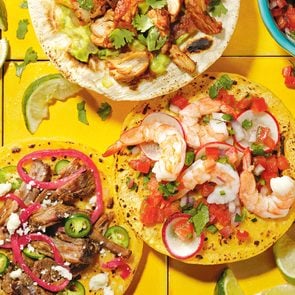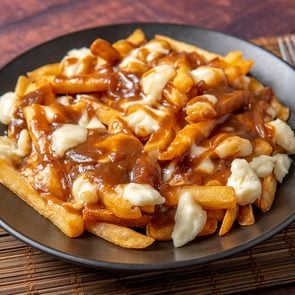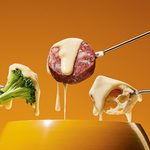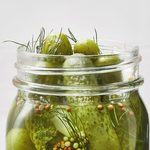A Cup of Comfort: All About Hot Chocolate
After a day of skating, skiing or shovelling snow, what’s better than a cup of hot chocolate?
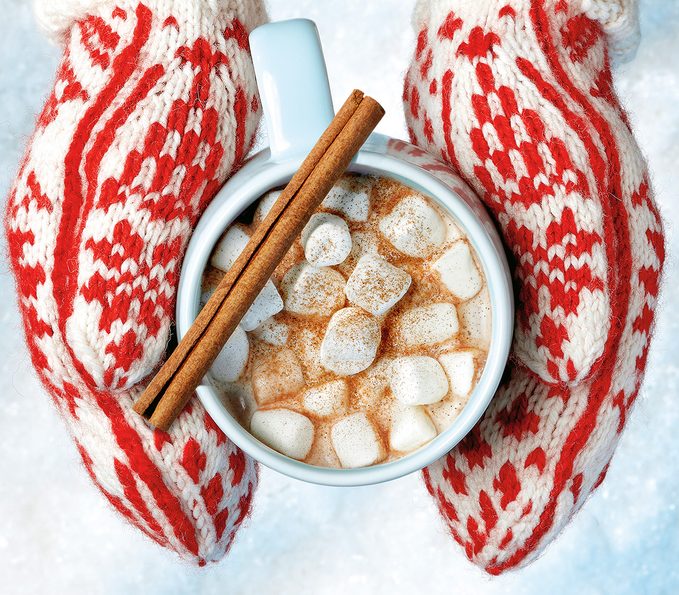
This comforting elixir—maybe topped with whipped cream, soft marshmallows or crushed peppermint candy—is widely loved. But did you know early versions of hot chocolate were enjoyed thousands of years ago in what is now Mexico, and more recently by the Aztec emperor Montezuma himself?
Long before chocolate bars and instant mix, chocolate was first consumed in liquid form by the Olmecs of northwestern Central America around 1500 B.C. By A.D. 1400, it was part of Aztec culture; xocolatl, pronounced “shohkwah-tul,” evolved into “chocolate.”
A sweet evolution
That stuff was a far cry from the sweet, warming drink we know. For one, it wasn’t served hot. The Aztecs made it with crushed roasted cacao beans mixed with water and cornmeal. Since sugar had not yet arrived from Europe, it was often flavoured with hot peppers and spices, perhaps to offset cacao’s bitterness. The Aztecs believed chocolate had healing properties and was a gift from the gods.
After the Spanish arrived in the 1500s, the drink made its way to Europe, where the wealthy drank it warm and added sugar, a luxury. In Chocolate: History, Culture and Heritage, American historian Bertram Gordon says hot chocolate became “the beverage of the aristocracy.” (Marie Antoinette had a servant with the title Chocolate Maker to the Queen.)
Physicians also used it to mask the taste of medicine—a trick some doctors still suggest to parents.
“Chocolate houses” popped up around Europe in the 17th century. In these lively places for the elite, hot chocolate was poured from gilded pots into elegant, two-handled cups. But by the end of the 18th century, chocolate houses were dying off as cafés became popular.
Around this time, hot chocolate caught on in colonial North America. George Washington is said to have enjoyed a breakfast of cornmeal pancakes with a warm cup of chocolate cream (a version thickened with grated chocolate); rumour has it that it was spiked with brandy.
In the same century, merchants from the Basque region of France brought chocolate to Canada. Some settled in the Fortress of Louisbourg on Cape Breton, and it was there that “French hot chocolate” was born; it was enhanced with spices such as cinnamon, nutmeg and cloves. Sometimes an egg yolk was added for creaminess.
Marshmallows came into the picture in 1917, when Angelus Marshmallows in the U.S. published a recipe for hot chocolate topped with their product. Then the powdered instant stuff came in the late 1950s, when an American dairy company combined powdered coffee creamer with sugar and cocoa powder—and Swiss Miss was born.
Hot chocolate around the world
Since the early days of xocolatl, hot chocolate has become a tradition in dozens of cultures. At Angelina café in Paris, for instance, you can indulge in chocolat chaud served in a delicate cup alongside a bowl of whipped cream that you swirl in. And in Italy you’ll find cioccolata calda, a pudding-like version thick enough to coat your biscotti.
Here are some other ways to jazz up your own cup: a dribble of maple syrup; a dash of cinnamon; a little vanilla.
However you take your hot chocolate, you’ll understand why the Aztecs called it a gift from the gods.
Next, check out our ultimate gift guide for presents under $50.
